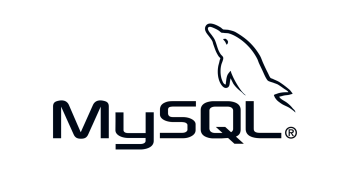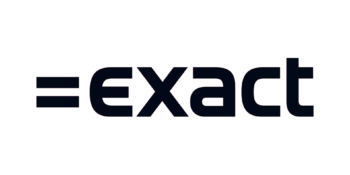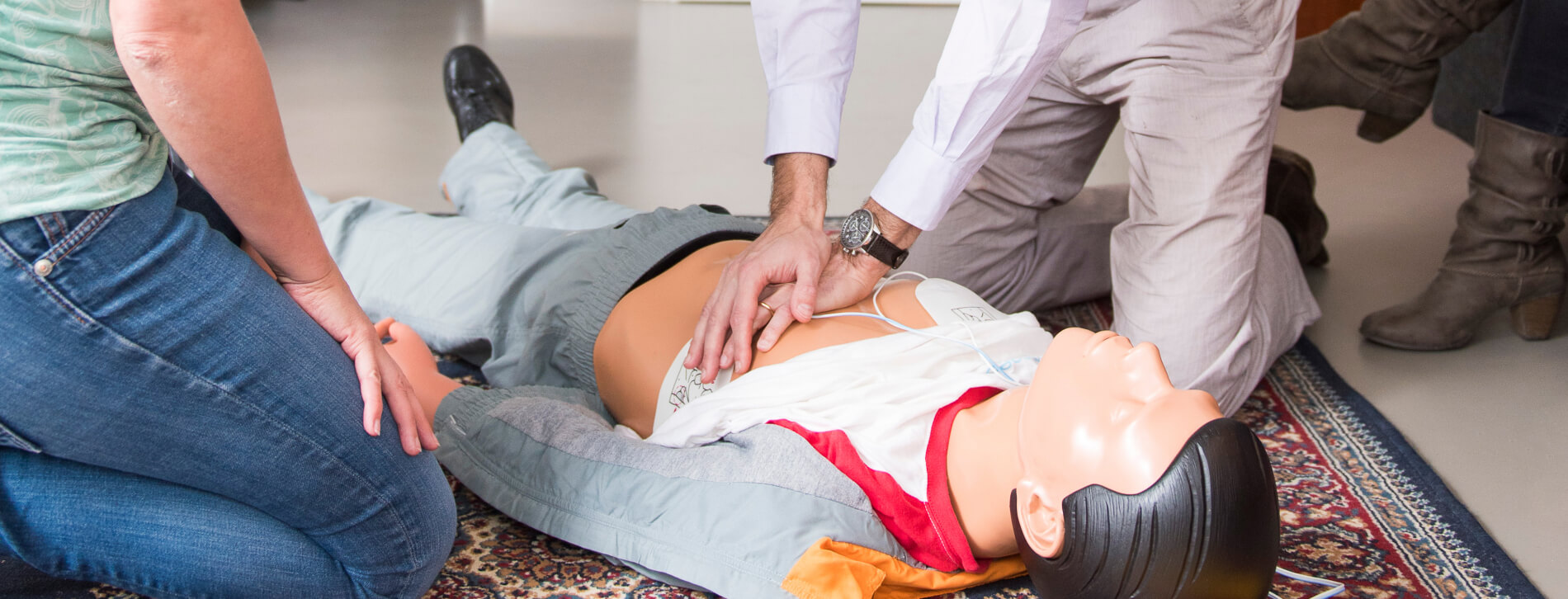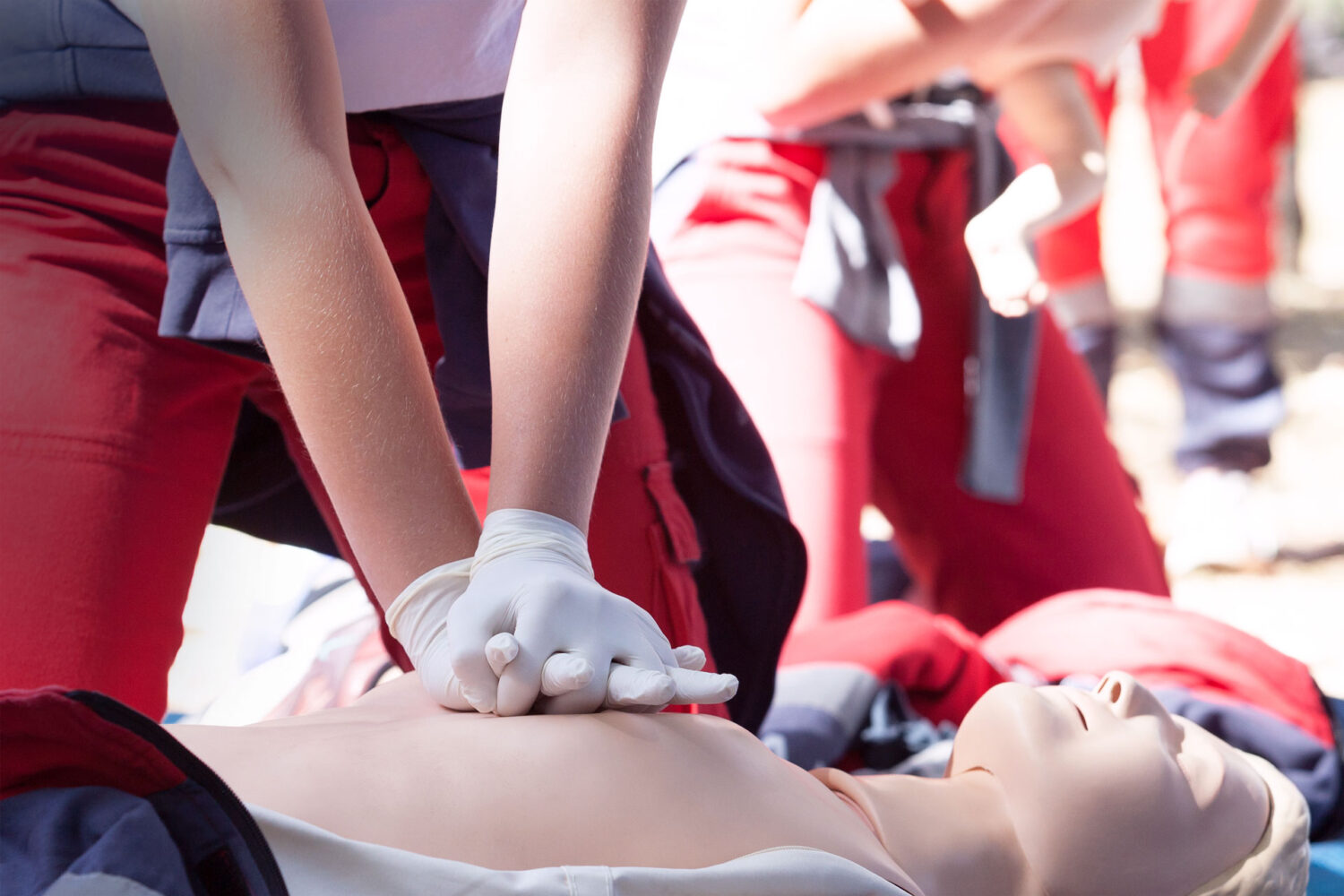Introduction
Het Oranje Kruis organizes first aid exams for candidates registered by their employers and validates first aid certificates. For this, the organization works with certified examiners. The portal that Het Oranje Kruis used for this was very outdated and still had too many manual processes.
That is why we started working together on the development of a portal that automates most of the processes. As a result, much fewer actions are required to appoint an examiner and it is automatically checked whether the first aid certificates are still valid. If they are about to expire, a new recertification exam will be offered immediately.
300.K re-exams of first aid certificates every two years
More than 300.000 thousand Dutch people are in possession of a valid certificate from Het Oranje Kruis. And thousands of people are added to that number every year. All these people have to take a re-examination every 2 years to extend the validity of their certificate. Until now, that process has been largely done manually.
In the old situation, Het Oranje Kruis would search for, and reach out to an available examiner by phone. After that, the exam was manually scheduled by HR. Checking whether recertification was required was also done manually. Excel sheets with the candidates were sent to the participating organizations. They then selected the candidates who were still employed and who could retake the exam.
This was a time-consuming and cumbersome job for the employees of Het Oranje Kruis. In order to schedule all those exams more efficiently and user-friendly, we looked for ways to automate the processes.
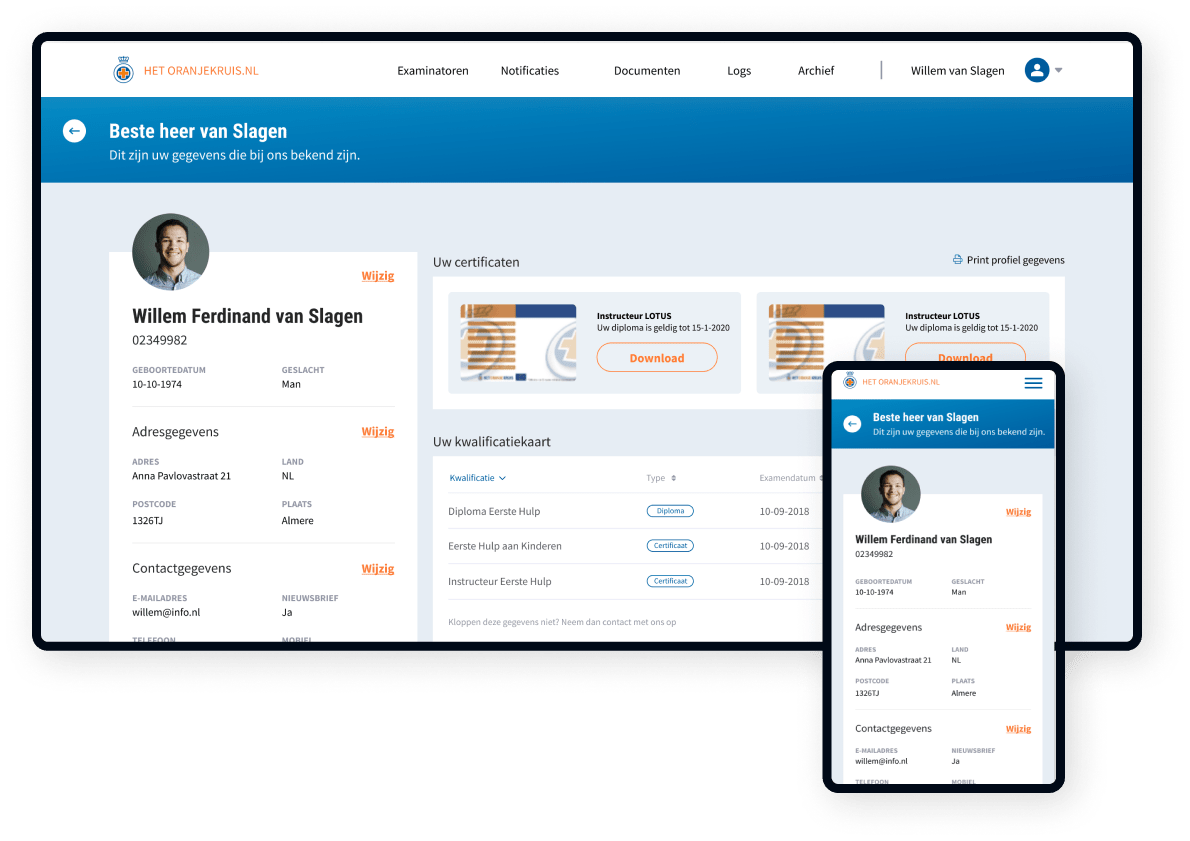

Automation enables optimal user experience and efficient processes
The main goal was to simplify all steps in the process, from registration to certification. Therefore, we digitized the entire registration process for exams together with Het Oranje Kruis.
In order to digitize the processes, we added new functionality in various sprints, such as an API, CSV import, a link with Exact and digital certificates. In addition, we have phased out the legacy products and tools so that all processes and tools are also future-proof.
Examiners are now approached digitally and the re-exams are automatically scheduled. After that, the exams are taken digitally and the results and certificate are shared through the portal. With this adjustment, examiners and the back office both save a lot of time.
In the old situation, the back office had to support the process at every step. Now they are only needed in the event of an incident. This means that the back office team is now more efficient because the system takes a lot of work off their hands.
Make life easier with user-friendly portal
Don’t make things unnecessarily complex and humanize your processes with smart digital solutions that do the work for you. Our digital consultants are experts in the field of process optimization and can help you set up your ideal process.
Processes more
efficient, user-friendly and less prone to errors
The most important processes have been replaced by a modern and flexible platform, designed to optimally serve the user. The most time-consuming processes surrounding the exams are now automated. That means fewer human errors and more time for important things. In addition, the portal ensures that the planning of exams is much more efficient.
The portal is user-friendly and takes unnecessary work off your hands. It’s a stepping stone for various steps and people in the process. Companies can now request digital first aid exams for their employees. Examiners can register to take exams and candidates can see whether they have passed. In the near future, Het Oranje Kruis even wants to work largely paperless. This is of course even more efficient and better for the environment. The portal is the ideal basis for this.
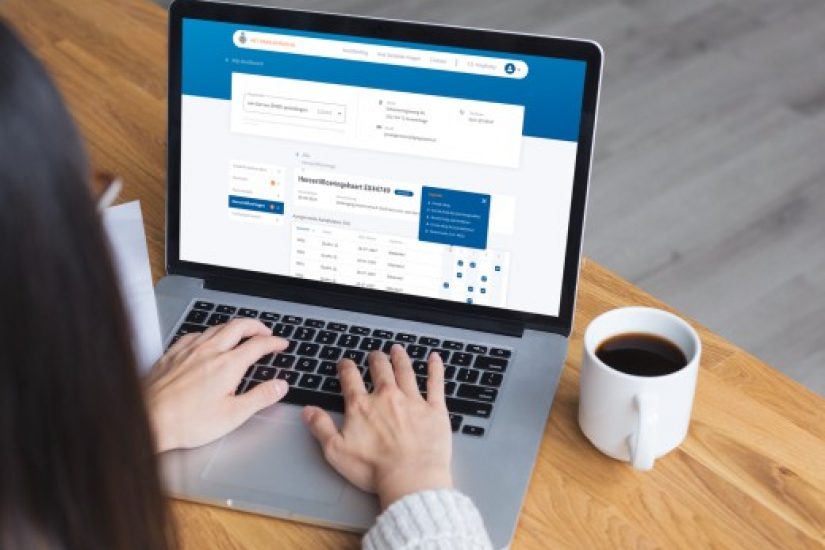

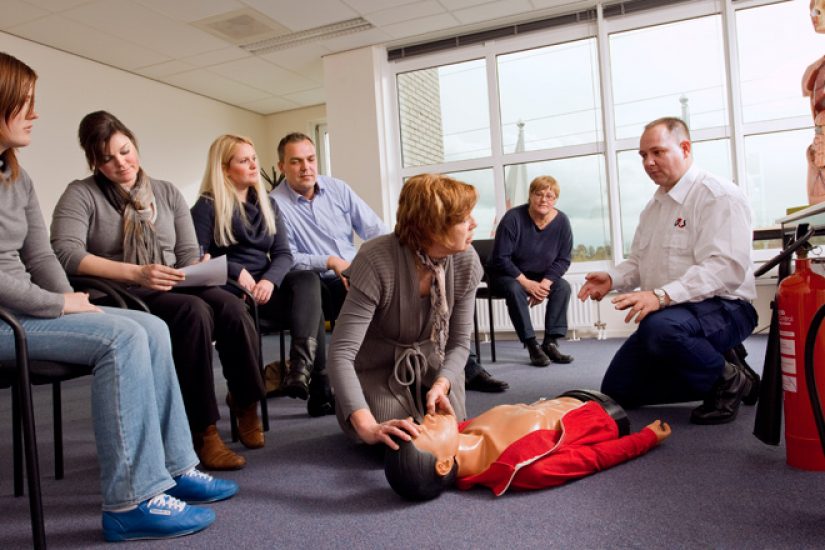

UX, smart integration and full digitalization of processes
During this project, we handled the existing software and processes in phases. First, we fixed the UX and design of the portal itself. Through various strategic and technical sessions, we mapped out the data model, back-end processes, and integrations together with Het Oranje Kruis. We then provided them with a flexible and greatly improved interface for all external users of Het Oranje Kruis.
After this step, it was possible to draw up a roadmap in which the existing database, back-end software, and processes could be replaced step by step. It was also possible to add completely new functionalities, with the customers and qualification holders as the most important users.
The existing software and processes had to be integrated with the new features with minimal impact. Thanks to a highly optimized data model and smart triggers, we could realize this solution low impact for internal and external users.

